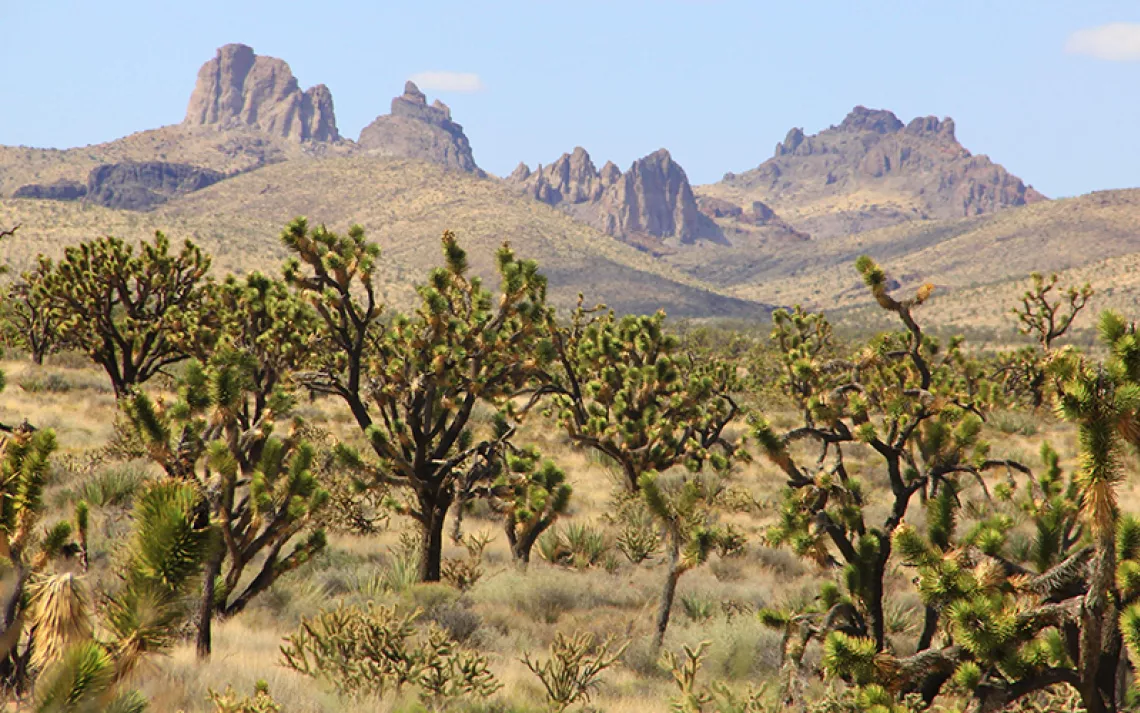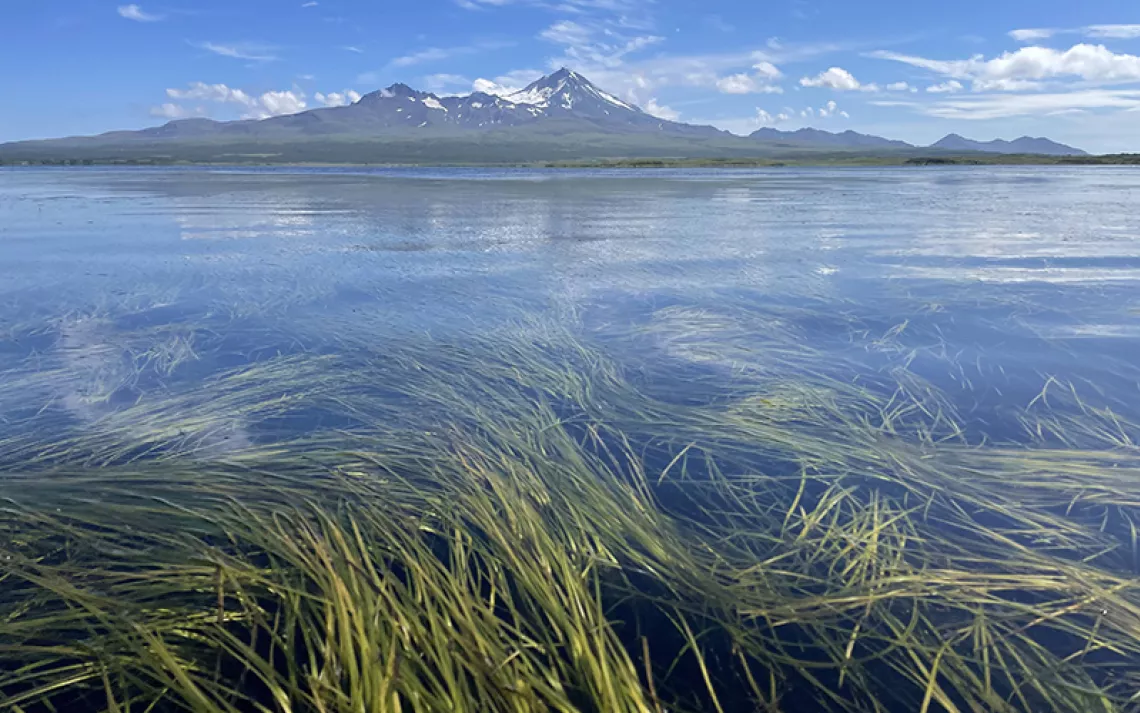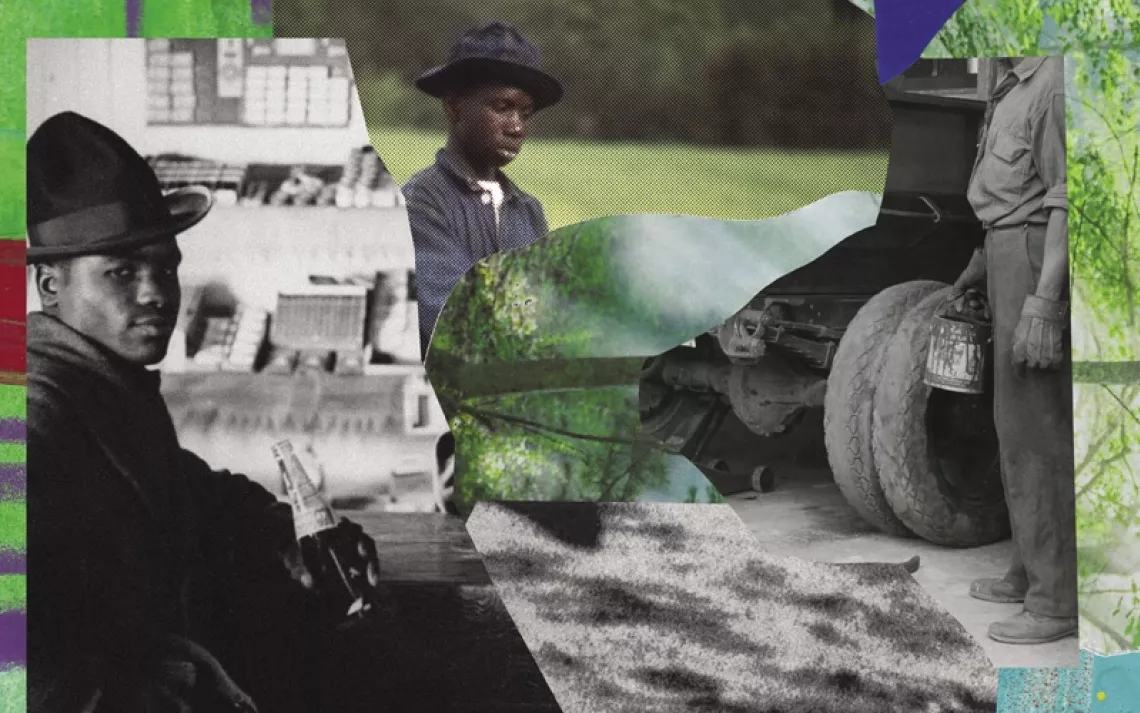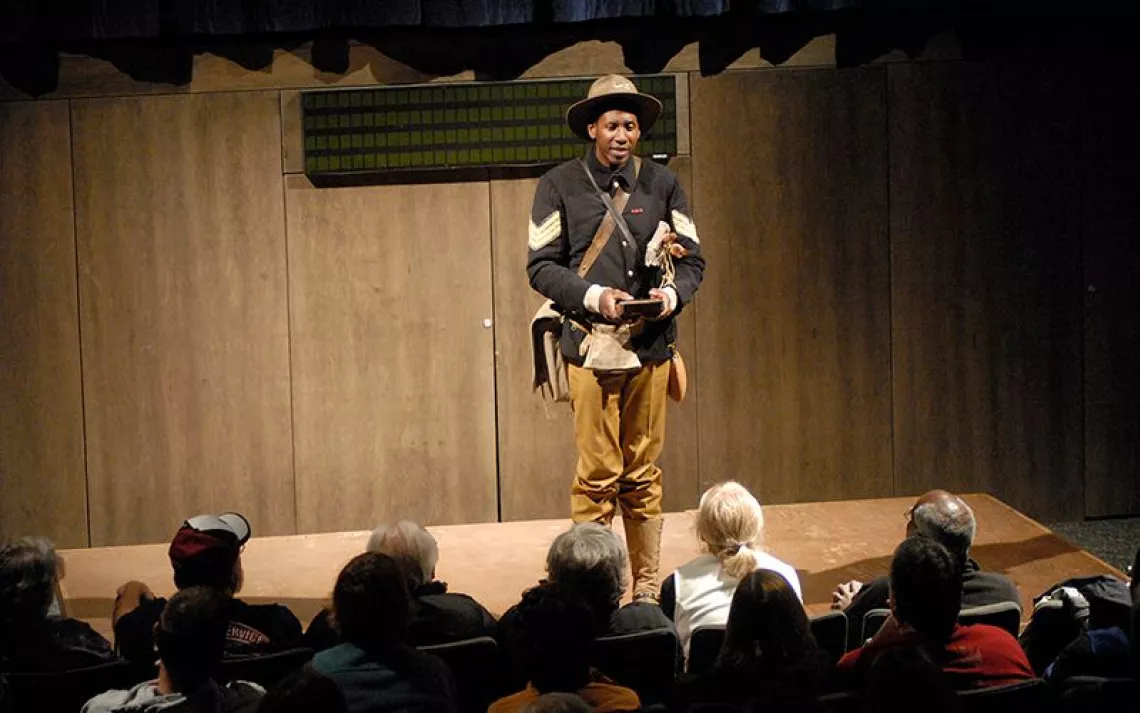US Representative Raúl Grijalva on Where He Found His Passion for the Outdoors
The Democratic congressman from Arizona discusses his passion for public lands conservation
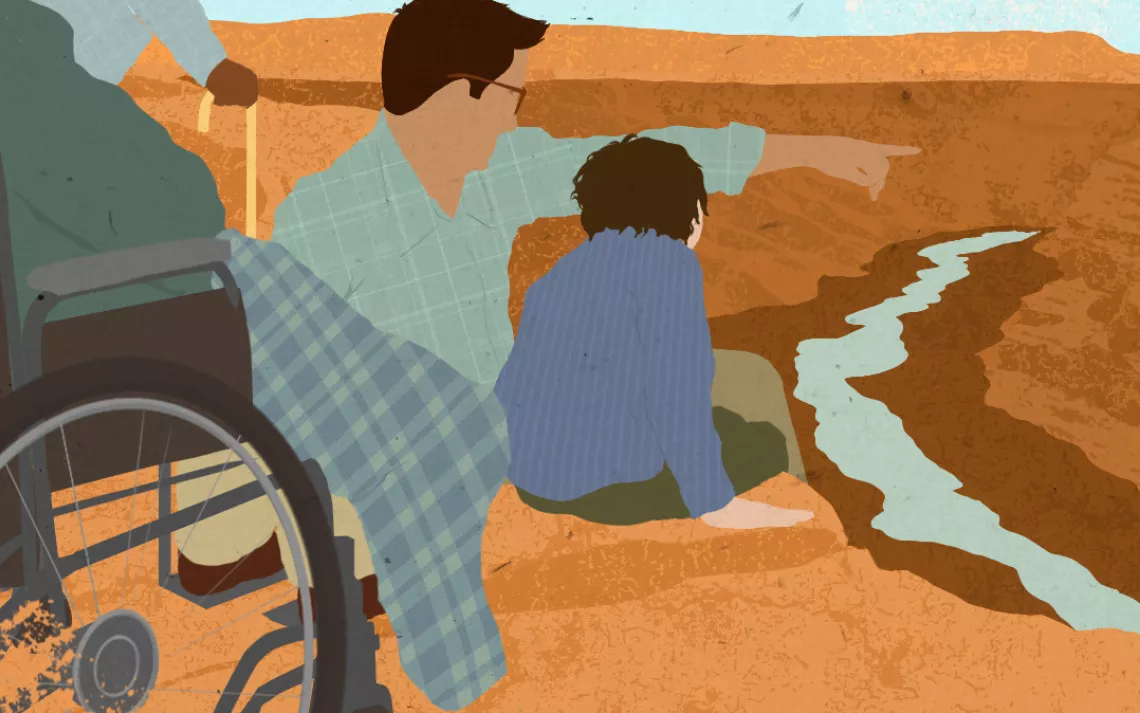
Oli Winward/SalzmanArt
When I was a young boy in southern Arizona, the sky islands of the Santa Rita Mountains were my front yard, the cactus-strewn plains of the Sonoran Desert my backyard. My father was a vaquero, a cowboy, on the historic Canoa Ranch on the outskirts of Tucson, and I spent a lot of time with him as he worked the land. While we roamed the 4,800-acre property, my father shared his thoughts about the landscape and his reverence for the natural world. Although I didn't realize it at the time, those weekends in the desert sparked my own respect for big, open spaces and, eventually, an appreciation for public lands.
As I got older, I spent less time visiting the public lands that make Arizona such a great place to live. "Life" took over: I went to college, got married, started a family. When I got involved in politics—first on the school board, then on the Pima County Board of Supervisors—I had even less opportunity to enjoy wild places.
Still, those early experiences stayed with me. And, in fact, it was another outdoors experience with my dad that helped inspire my career as a legislator and fueled my commitment to protecting public lands across the United States.
My father lived most of his adult life in Arizona without ever visiting the Grand Canyon. When he was 74—two years before he passed away and before I was elected to Congress—we took a trip to that iconic national park. What happened when we got there was both strange and exhilarating.
Like most tourists who visit the park, we drove up Interstate 17 to U.S. Route 180, then passed through the park's entrance gate and went directly to a lookout. My dad got out of the car and walked to the canyon rim. He stood, rapt, taking in the unbelievable view. Then, after about five minutes, he looked at me and said he was ready to leave.
It wasn't that he didn't enjoy the experience, nor that he failed to appreciate the scene. He just didn't need to linger. He got it immediately, and that was enough for him.
There are places that are beyond words. Places that are beyond description. Places worthy of reverence and permanent protection. Without a doubt, the Grand Canyon is one of them. Through my father's eyes, I saw the natural world for what it is: a constant source of inspiration regardless of how much time we spend there. Even if we only rarely hike through wilderness or canoe down wild rivers, it is our responsibility to protect those experiences and ensure the lasting conservation of the natural world.
Growing up in Arizona in the 1950s gave me ample opportunity to connect with the personality of that particular place. I learned the landscape's role in shaping the history and culture of the region, and that galvanized my desire to see it protected for future generations. But I know that such opportunities are not available to everyone. That's why, in addition to advocating for the continued preservation of places like the Grand Canyon, I have made a commitment to ensuring that our parks and public lands are accessible to all communities that make up our country.
Not long ago, I visited Saguaro National Park with a group of fourth graders from South Tucson, where I grew up. South Tucson is a poor community—the median household income is less than $24,000 a year—and most of the kids had never visited the park, even though they live a 20-minute drive away. That's intolerable. All U.S. residents must be given the chance to enjoy the shared heritage of our public lands. Outreach is essential, and agencies like the National Park Service have done excellent work engaging underserved and diverse communities. But it also falls on conservation organizations like the Sierra Club to broaden the public lands constituency. Usually all it takes is one visit to create a lifelong enthusiast and champion.
After all, no one—especially not someone living in Arizona—should have to wait until they're 74 to visit the Grand Canyon.
 The Magazine of The Sierra Club
The Magazine of The Sierra Club
